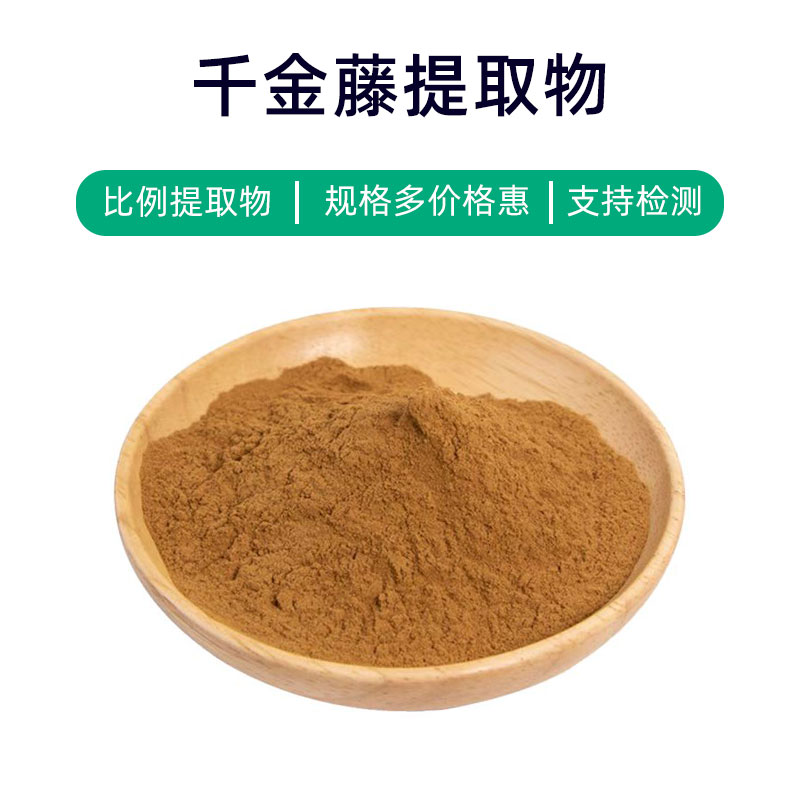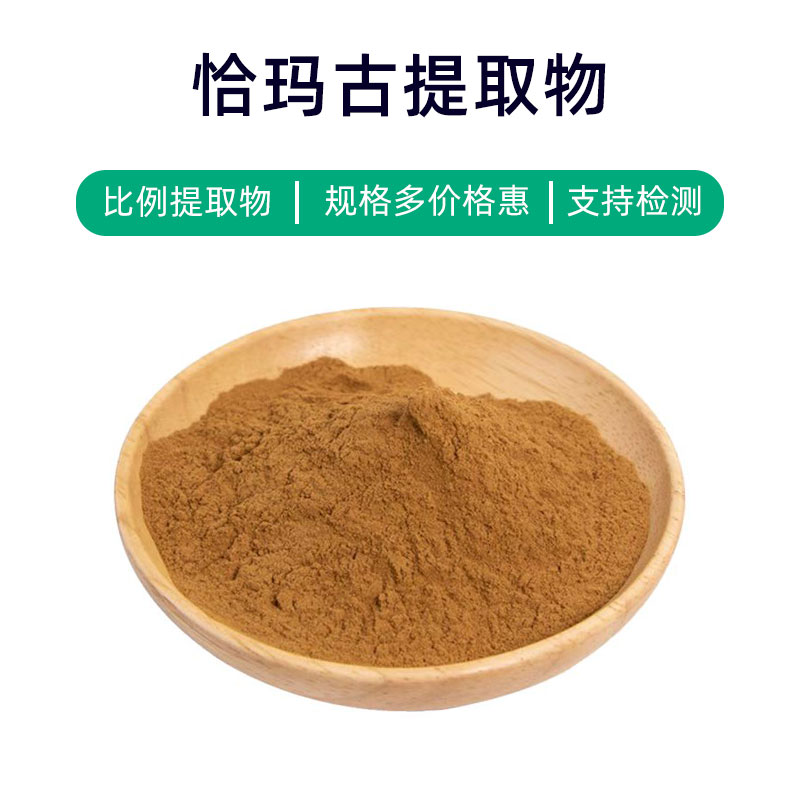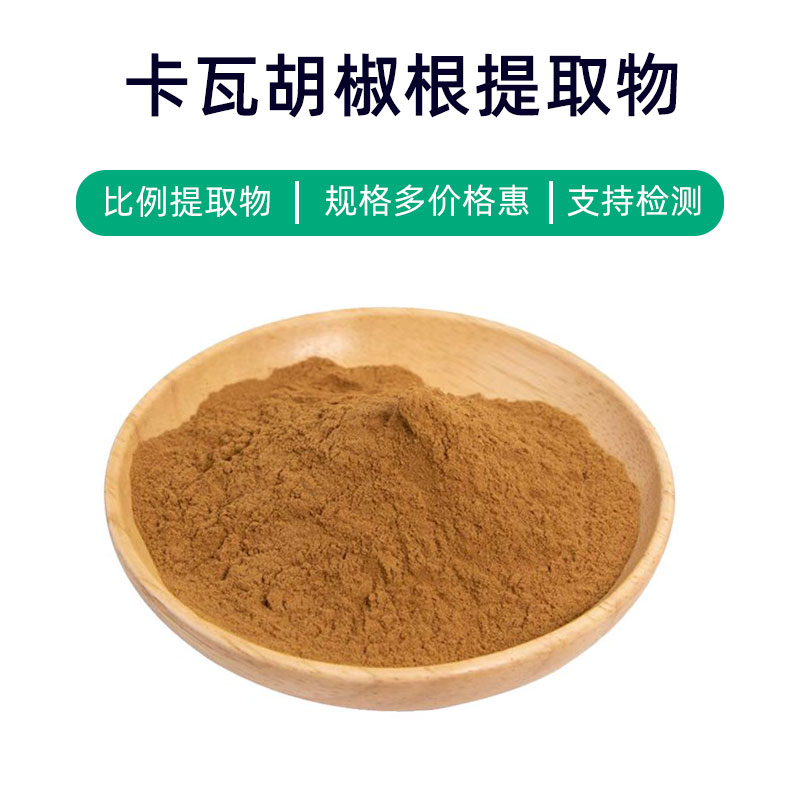Betel Nut Extract Product Introduction
Betel nut extract is a natural plant extract derived from the fruits of the betel nut palm. Its main components include arecoline, tannins, volatile oils, and tannic acid. This extract has various applications in the medical and oral care fields. Firstly, betel nut extract is widely used in oral care products such as toothpaste, chewing gum, and oral liquids, mainly for refreshing breath and protecting oral health. Secondly, it is used as a flavoring agent to enhance the aroma of products. In the medical field, betel nut extract is also used in some oral medications or oral liquids as a pharmaceutical excipient or one of the active ingredients. Due to its certain medicinal value and oral refreshing effect, it has been widely applied in the oral care and medical fields.
Betel Nut Extract Production Process
The production process of betel nut extract typically includes the following steps:
- Raw Material Collection and Processing: First, fresh betel nut fruits need to be collected as raw materials. After collection, the betel nut fruits need to be washed and peeled to remove surface impurities and the outer skin.
- Extraction: The washed and peeled betel nut fruits enter the extraction process. Usually, solvent extraction or supercritical fluid extraction methods are used to extract the active components from the betel nut fruits. The extraction conditions need to be controlled at appropriate temperatures and pressures to ensure extraction efficiency and component stability.
- Concentration: The extracted betel nut extract solution needs to be concentrated to remove excess solvent and water, obtaining a concentrated betel nut extract.
- Filtration and Purification: The concentrated extract needs to go through filtration and purification steps to remove suspended solids and impurities, ensuring the purity and quality of the product.
- Drying: The purified betel nut extract needs to be dried. Usually, methods such as spray - drying or vacuum - drying are used to transform the extract into a powder or granular form for subsequent packaging and storage.
- Packaging and Storage: Finally, the dried betel nut extract is packaged and stored in a dry, cool, and ventilated place to ensure its stability and long - term preservation.
The above is the typical production process of betel nut extract. Each step requires strict control of operating conditions and quality standards to ensure the quality and safety of the final product.
Betel Nut Extract Efficacy, Function, and Side Effects
As a plant extract, betel nut extract is considered to have various efficacy and functions in traditional medicine and modern research. The following are its main efficacy and functions, as well as possible side effects:
- Antioxidant Effect: Betel nut extract is rich in various antioxidant substances, such as polyphenolic compounds, which have antioxidant effects, helping to scavenge free radicals and protect cells from oxidative damage.
- Anti - inflammatory Effect: Research shows that the active components in betel nut extract have anti - inflammatory effects, which can reduce inflammatory reactions and relieve symptoms of inflammatory diseases.
- Antibacterial Effect: Betel nut extract contains various compounds with antibacterial activity, which can inhibit certain bacteria and fungi and can be used for the prevention and treatment of related infections.
- Digestive System Health: Traditionally, betel nut has been used as a digestive aid, allegedly promoting digestion and relieving indigestion and stomach discomfort.
- Appetite Suppression: Some components in betel nut extract are considered to have appetite - suppressing effects, which may help with weight control and weight loss.
- Cardiovascular Protection: Some studies suggest that betel nut extract may help lower blood pressure and blood lipids, which is beneficial for cardiovascular health.
Although betel nut extract has various efficacy, there are also some possible side effects and safety issues:
- Upper Digestive Tract Irritation: Long - term use of betel nut may cause irritation to the upper digestive tract, such as oral ulcers and oral mucosal damage.
- Dependence: Some components in betel nut may be addictive, and long - term and excessive use may lead to dependence.
- Dental and Oral Health Problems: The use of betel nut is associated with dental discoloration, gum recession, and other oral health problems.
- Cardiovascular Health Problems: Excessive use of betel nut may increase the risk of cardiovascular diseases, such as hypertension and heart disease.
- Potential Carcinogenicity: Some studies suggest that certain compounds in betel nut may be related to the occurrence of oral, esophageal, and other cancers.
Precautions for Using Areca Nut Extract
When using areca nut extract, it is important to control the dosage and frequency to avoid excessive long-term use. Individuals with cardiovascular diseases, digestive system issues, or oral health concerns should follow medical advice and be aware of potential side effects.
Application Scenarios and Usage Guidelines of Areca Nut Extract
Areca nut extract has applications in the pharmaceutical, food, and cosmetics industries. The following outlines its primary uses and recommended usage in these three fields:
1. Pharmaceutical Applications
- Oral Health Care: Areca nut extract is commonly used in oral care products such as toothpaste and mouthwash to help prevent oral diseases and freshen breath. The typical usage involves applying an appropriate amount of toothpaste to a toothbrush and brushing for 2–3 minutes, 2–3 times daily.
- Digestive Aid: Traditionally, areca nut has been used as a digestive aid to relieve indigestion and stomach discomfort. A common usage method is adding areca nut extract to hot water and consuming it as a tea, typically 1–2 cups after meals.
2. Food Applications
- Flavoring Agent: Areca nut extract has a distinctive aroma and taste, making it useful as a seasoning in certain specialty dishes. It is added to products such as pastries, candies, and meat-based foods.
- Functional Foods: Areca nut extract is also used in medicinal foods, such as areca nut cakes and biscuits, to enhance their nutritional value and taste.
3. Cosmetic Applications
- Oral Care Products: Due to its breath-freshening properties, areca nut extract is commonly used in oral care formulations like toothpaste and mouthwash.
- Fragrance Formulation: The unique scent of areca nut extract makes it a valuable ingredient in perfumes, soaps, and other cosmetic products, imparting a distinctive fragrance.
When using areca nut extract, it is essential to follow recommended guidelines based on specific needs and product instructions to avoid excessive or prolonged use. Additionally, certain groups, such as pregnant women, children, and individuals with chronic illnesses, should use it under medical supervision.
Source Plant, Distribution, and Growth Environment of Areca Nut Extract
Areca nut extract is derived from the areca palm (Areca catechu). The following provides details about its botanical characteristics, distribution, and growth environment:
1. Botanical Characteristics of the Areca Palm
- The areca palm is an evergreen tree belonging to the Arecaceae (palm) family, characterized by a straight trunk and pinnate compound leaves.
- Its leaves are long and pointed, arranged in a feather-like structure, sometimes appearing in even-numbered pairs.
- The fruit of the areca palm is oval or egg-shaped with a smooth surface. Inside, it contains an elliptical seed covered by fibrous pulp.
2. Distribution
- The areca palm is native to Southeast Asia and is primarily found in India, Malaysia, Thailand, and Indonesia, thriving in tropical and subtropical regions.
- Beyond Southeast Asia, it has been introduced to South Asia, Pacific islands, and parts of Africa, where it has become a common cultivated plant.
3. Growth Environment
- The areca palm thrives in warm and humid climates, making it well-suited to tropical and subtropical areas.
- It can grow in various soil types, including sandy, loamy, and clay soils, demonstrating adaptability.
- The plant requires ample sunlight but can also grow in semi-shaded or shaded environments, though its growth rate may slow under reduced light conditions.
Overall, the areca palm is a highly adaptable tropical plant primarily distributed in Southeast Asia. It prefers warm, humid climates with abundant sunlight and can grow in diverse soil conditions, making it a valuable economic crop.
Processing and Storage of Areca Nut Extract
The processing of areca nut extract generally involves the following steps:
- Harvesting: Fully mature areca nut fruits are collected.
- Cleaning and Peeling: The fruits are washed and peeled to remove impurities.
- Grinding: The peeled fruits are crushed or ground into a fine powder.
- Extraction: The extract is obtained using methods such as solvent extraction or supercritical fluid extraction.
- Drying: The extract is dried to reduce moisture content and prevent mold growth.
- Storage: The final extract is sealed in a dry, cool, and light-protected environment to maintain its stability and effectiveness. It should be kept away from direct sunlight and moisture to ensure its quality over time.
Monica Sun is a seasoned expert in the plant extraction industry with over a decade of experience in research and production. She specializes in the extraction and purification of plant active ingredients, focusing on driving innovation in natural product applications. Monica has participated in the development of multiple functional plant extracts, delivering high-value natural raw material solutions for the health food, pharmaceutical, and dietary supplement sectors.


















